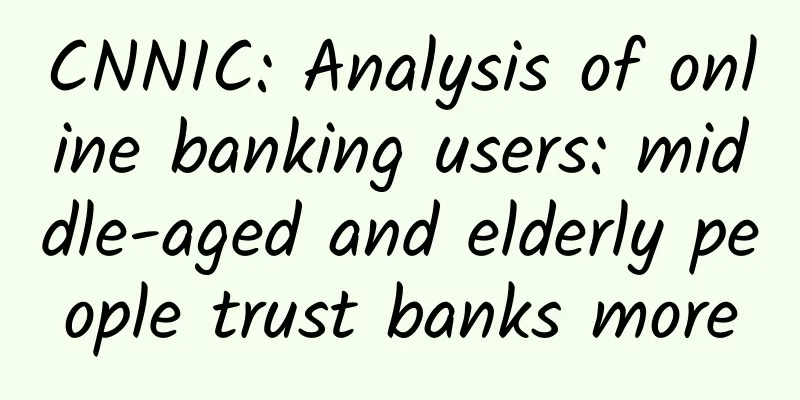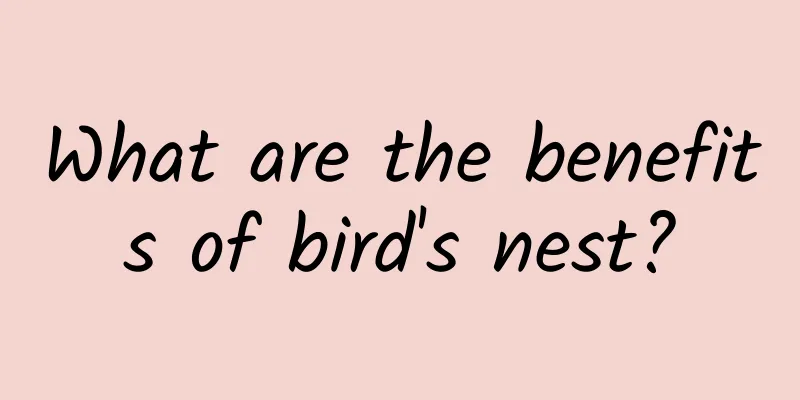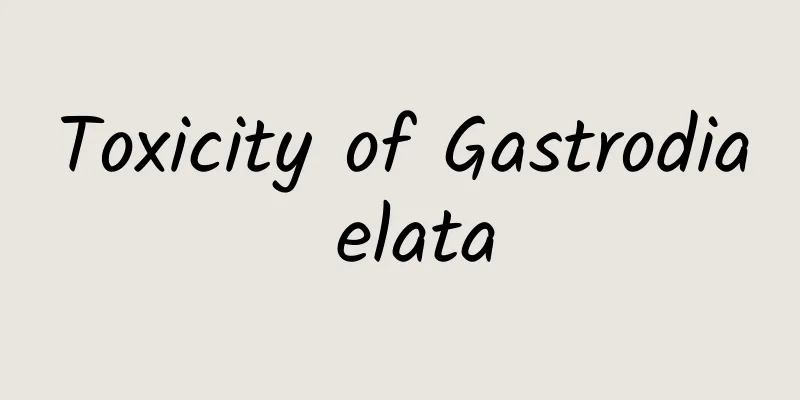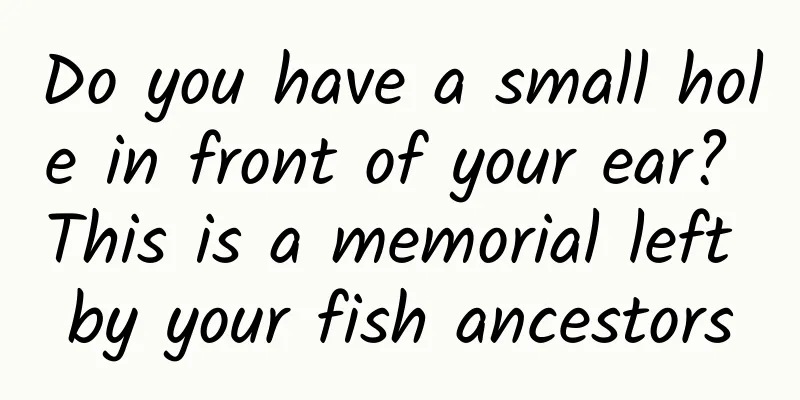CNNIC: Analysis of online banking users: middle-aged and elderly people trust banks more

|
At present, there are many different means of online payment, but generally speaking, they can be divided into online bank payment and non-bank online payment according to the channels. The former include Industrial and Commercial Bank of China, China Construction Bank, etc., and the latter include Alipay, Tenpay, Kuaiqian, etc., which are also called third-party payment institutions. Although non-bank online payment also requires a bank account, and the two are closely related, after all, as indirect and direct payment channels, the two channels have their differences. So what kind of people prefer to use which channel to pay? In other words, what are the differences between users of these two payment channels? CNNIC analyst Li Changjiang found that there are significant differences between the users of these two payment channels based on data analysis of the China Internet Data Platform. The data comes from the user access records of 17 online banks and 24 non-bank online payment websites on the China Internet Data Platform in March 2013. The data analysis results are as follows: First, in terms of gender, the user structure of the two channels is basically the same: the male-female ratio of online banking is 56.2:43.8, and the male-female ratio of non-bank online payment is 55.9:44.1. Second, from the perspective of age, there are obvious differences in the user structure of the two channels. Internet banking users are older than non-bank online payment users. The proportion of "10-19 years old" and "20-29 years old" users in Internet banking is lower than that of non-bank online payment users; the proportion of "30-39 years old", "40-49 years old", "50-59 years old" and "60 years old and above" users in Internet banking is higher than that of non-bank online payment users. There may be two reasons: First, although online payment is a new thing, banks are traditional things, and most banks are state-owned institutions, and middle-aged and elderly people trust banks relatively more; second, banks have cooperative relationships with many enterprises and institutions, such as salary payment, etc. For middle-aged and elderly people who have worked for many years, almost everyone has at least one bank account. On this basis, it is natural to use the online banking business of the bank, but non-bank online payment does not have such convenient conditions. Third, from the perspective of education, the user structure of the two channels is also quite different. Online banking users have higher education than non-bank online payment users. The proportion of online banking users with "junior high school" education is lower than that of non-bank online payment users; the proportion of online banking users with "high school/secondary school/technical school", "junior college", "undergraduate", "master's degree and above" education is higher than that of non-bank online payment users. The reason may be that non-bank online payment is easy to operate, and this convenience is well conveyed to users, making low-educated netizens more inclined to choose non-bank online payment. To sum up, in the competition of online payment, banks should not be satisfied with the various convenient conditions that already exist, but should face a wider range of Internet users, be more people-friendly, provide proactive services, and improve service quality. |
>>: eMarketer: 82% of US digital buyers prefer to research products online
Recommend
Is it true that food nowadays is not as delicious as before?
In the past, when food resources were scarce, it ...
Can green prevent eye fatigue? Does mydriasis eye examination cause serious damage to the eyes? Don’t be blinded by these rumors!
Eyes are the windows to the soul and one of the m...
Is there "fake milk" in supermarkets? ! This indicator is the most important when choosing the right milk!
Faced with the dazzling array of milk types on th...
The efficacy and function of Laoqiangu
Lao Qiang Gu is a very good medicinal material. I...
The efficacy and function of green-coated Citrus aurantium
The efficacy and function of the traditional Chin...
What is the method of treating white hair with He Shou Wu?
It is normal for hair to turn gray at a certain a...
Helicobacter worms found in bananas that kill within 72 hours? Is this a fungus or a worm?
Recently, news about "bananas containing a w...
Is it safe to use the hand sanitizer in public toilets?
I wonder if there is anyone like me who has a sen...
The efficacy and function of purple ginseng
When it comes to purple ginseng, we are all famil...
Wanted to prove Einstein's theory was wrong, but won the Nobel Prize for it
It is said that the Nobel Prize Committee of the ...
The efficacy and function of Chunjinteng
Everyone is familiar with Chunjinteng. We know th...
Interstellar projectors are coming? Electromagnetic sleds are expected to catapult rare resources to Earth!
There are many scientific facilities, but some of...
Toad grass indications
Drinking toad grass tea is beneficial to our phys...
Is it good to eat too much Poria?
Poria cocos is a very common Chinese medicine wit...
The efficacy and function of Artemisia annua
As people's research on traditional Chinese m...









